Imagine you are a tourist in a new city. You found one of the best package holidays you’ve seen in a few years and are now enjoying your luxurious holiday rental in the popular downtown area. Everything you need is only a short distance away. Even as a tourist, you really are not too concerned about getting lost and rightfully so. You can always ask a local resident or purchase a map from the local gift shop.
Now, picture another scenario. You have decided to get away from the fast-paced city and this holiday you are going to head experience the great outdoors and are looking forward to a hike through a beautiful, scenic national park. You have done your research and purchased the essential items, including a GPS unit to navigate your way through the park. Or, maybe you opted for a traditional map or a compass.
Always be prepared when hiking
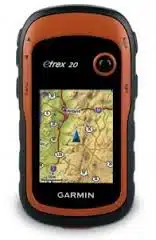
As mentioned above, it is always best to be prepared by having some basic knowledge of navigation that depends only on your intelligence and eyes. Fortunately, it really isn’t that complex or difficult to understand. You may even surprise yourself as far as how much you already know.
What do you need to hike or walk safely?
First, do not travel alone. Of course, there are exceptions to every rule. If you are strolling along a well-traveled area, you are probably safe. But, hiking through a thick forested area with canyons and winding trails is a different story. You could easily get lost.
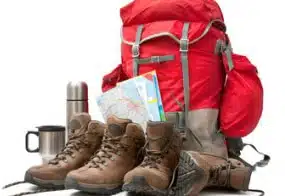
Know your destination
Secondly, it is important to know where you are going. You may want to give someone your tentative course before you leave in the event you do get lost. Stay on well-traveled or clearly marked trails, that is unless you are experienced enough to go off the main trails.
No, the marked trails may not be as interesting but getting lost is even less fun. A map, GPS or compass is a necessity for any serious hiking trip. Since not all GPS units function in all areas, get details on your travel destination and determine if your GPS unit will help you in that location.
Only take what you need
Third, do not go overboard on the gear you bring but be sure to take some basic gear. Bring either matches or a lighter, but keep in mind that lighters can run out of fuel and matches can get wet. Take your pick! A knife can also be a lifesaver, in the literal sense, especially those with useful gadgets.
Man down, where is the first aid kit?
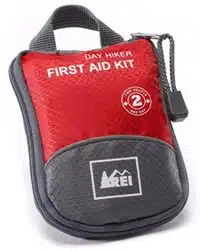
It is, of course, important to have some knowledge of first-aid also. For example, aspirin can at times be harmful. Or, if you do not know the difference between arterial and venous bleeding, bandages and gauze will do you no good.
A flashlight is a necessity, and toilet paper is just a good idea!
Food and drink
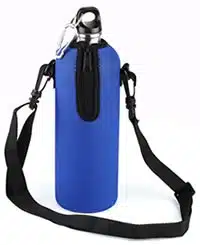
Be sure to bring enough food for the entire hike. Depending on what you bring, about one pound daily is average for a male of medium build.
Safety tips for walking holidays
Hiking can be a great outdoor holiday or adventure, and usually it is not dangerous. But, you are outside and often find yourself far from civilisation, and you could get injured or even worse. With that in mind, it is very beneficial to heed some basic safety tips to keep your hiking adventure a pleasant experience.
Navigate via the sun
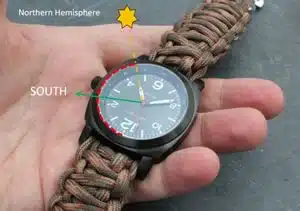
Also, note where the sun is at half-hour intervals so you can create a mental directional line of where it moves which will provide you with an East-West line. Once you have an East-West line, you can then easily determine North which is 90 degrees to the right of West and also South direction which is 90 degrees to the left.
Navigate via the stars
Finding your way at night can be more challenging but you can still use the stars. You can use some of the major constellations such as the Big Dipper and Orion’s Belt. The Big Dipper is a group of stars resembling a cooking ladle, and the two stars at the bottom of the scoop create a line pointing to the North Star. If you find the Orion’s Belt, you will see that three of its stars form a fairly straight line across the East and the West. As you see, you can use the stars to find the general direction just as you did with the sun.
Generally, the most important thing is to have a back-up plan and refresh yourself on some of the basic navigational knowledge. You might be glad you did!
You may be interested in
If you enjoyed this article, you may be interested in other guides in our camping holiday series:

